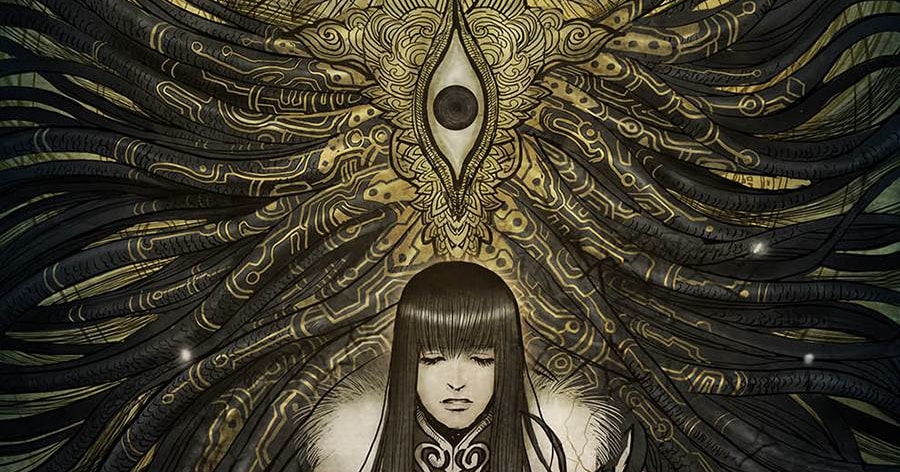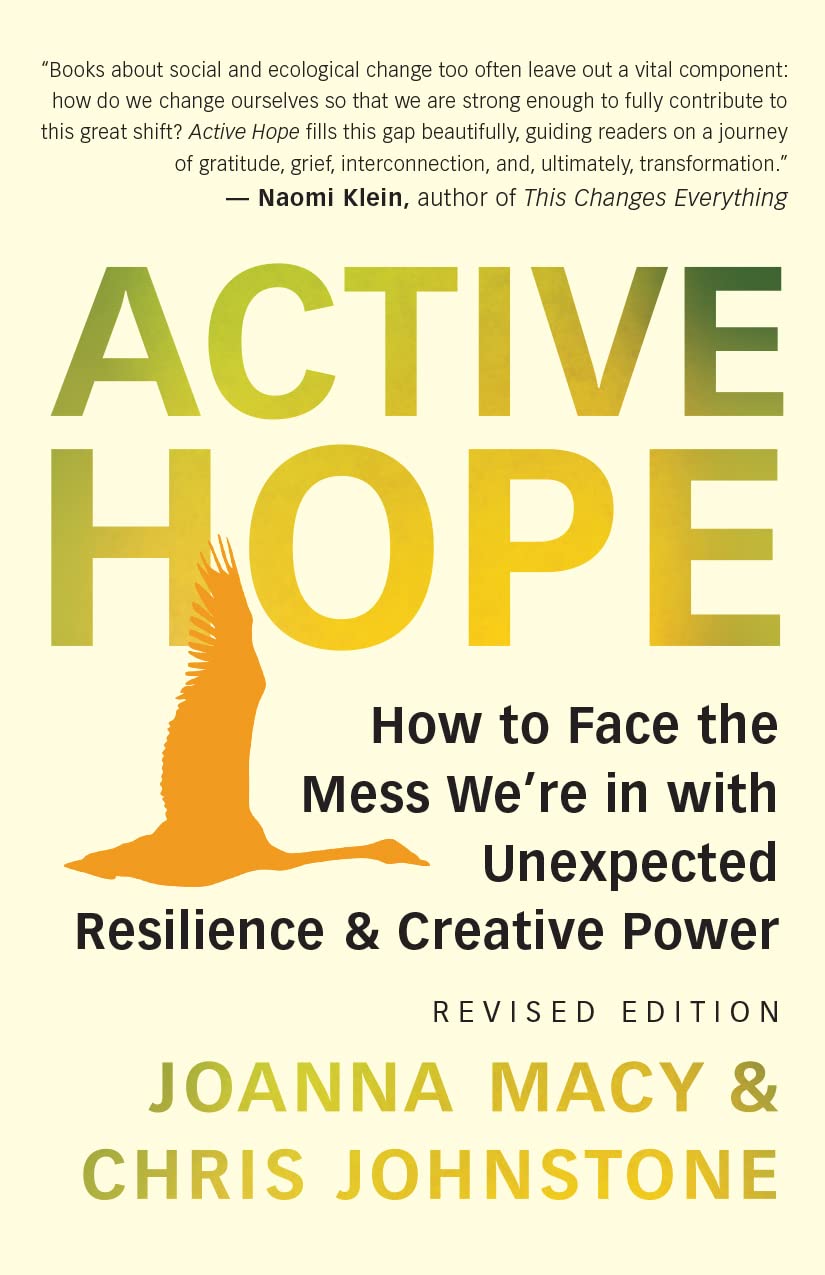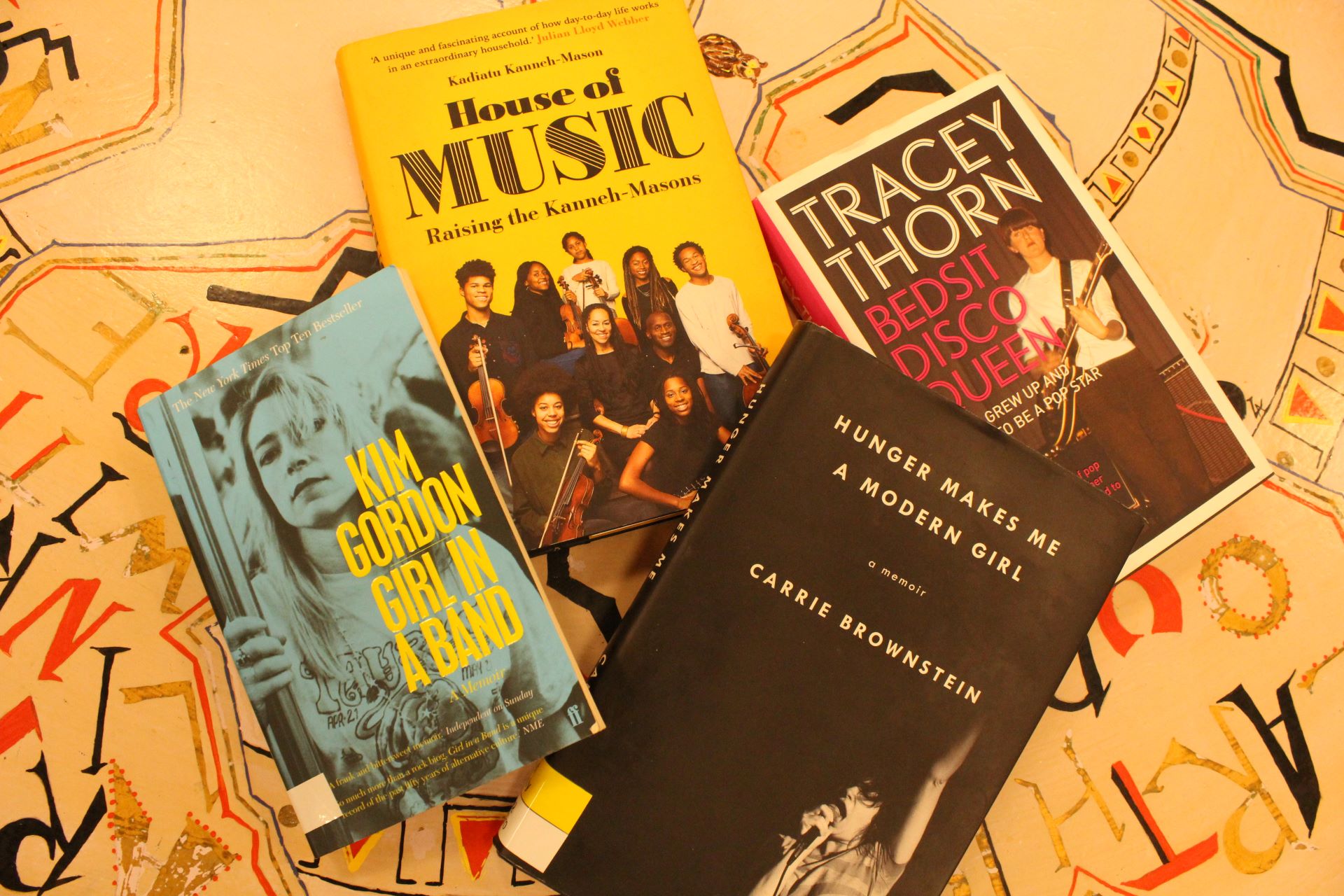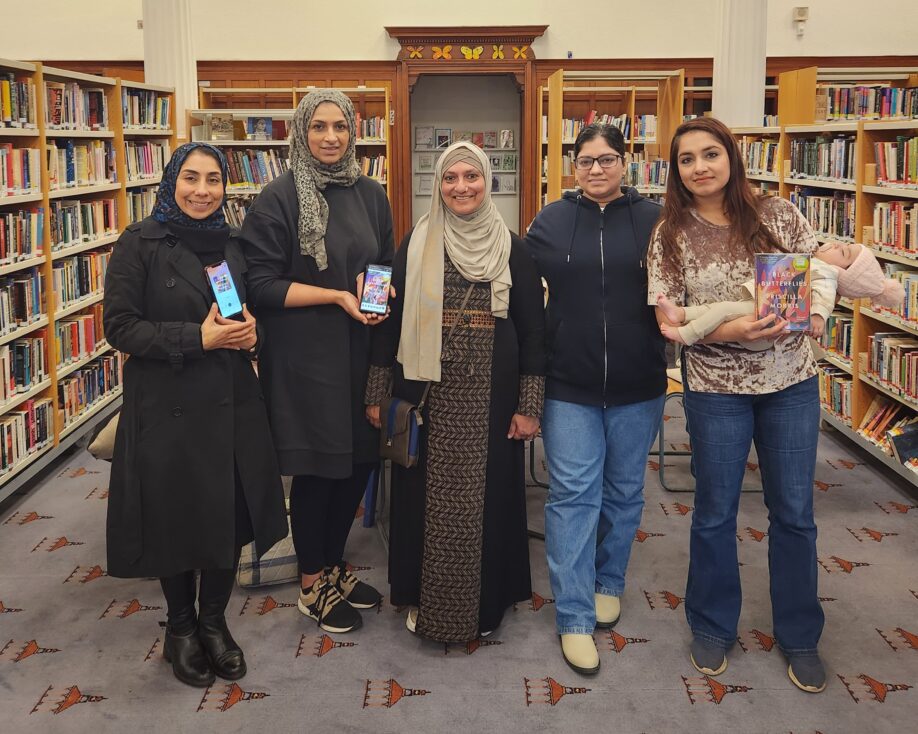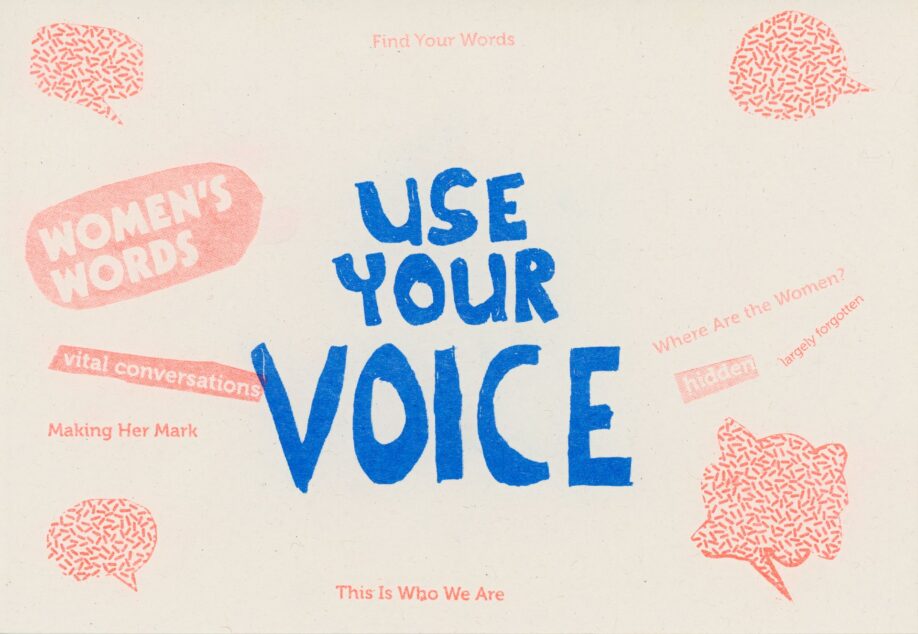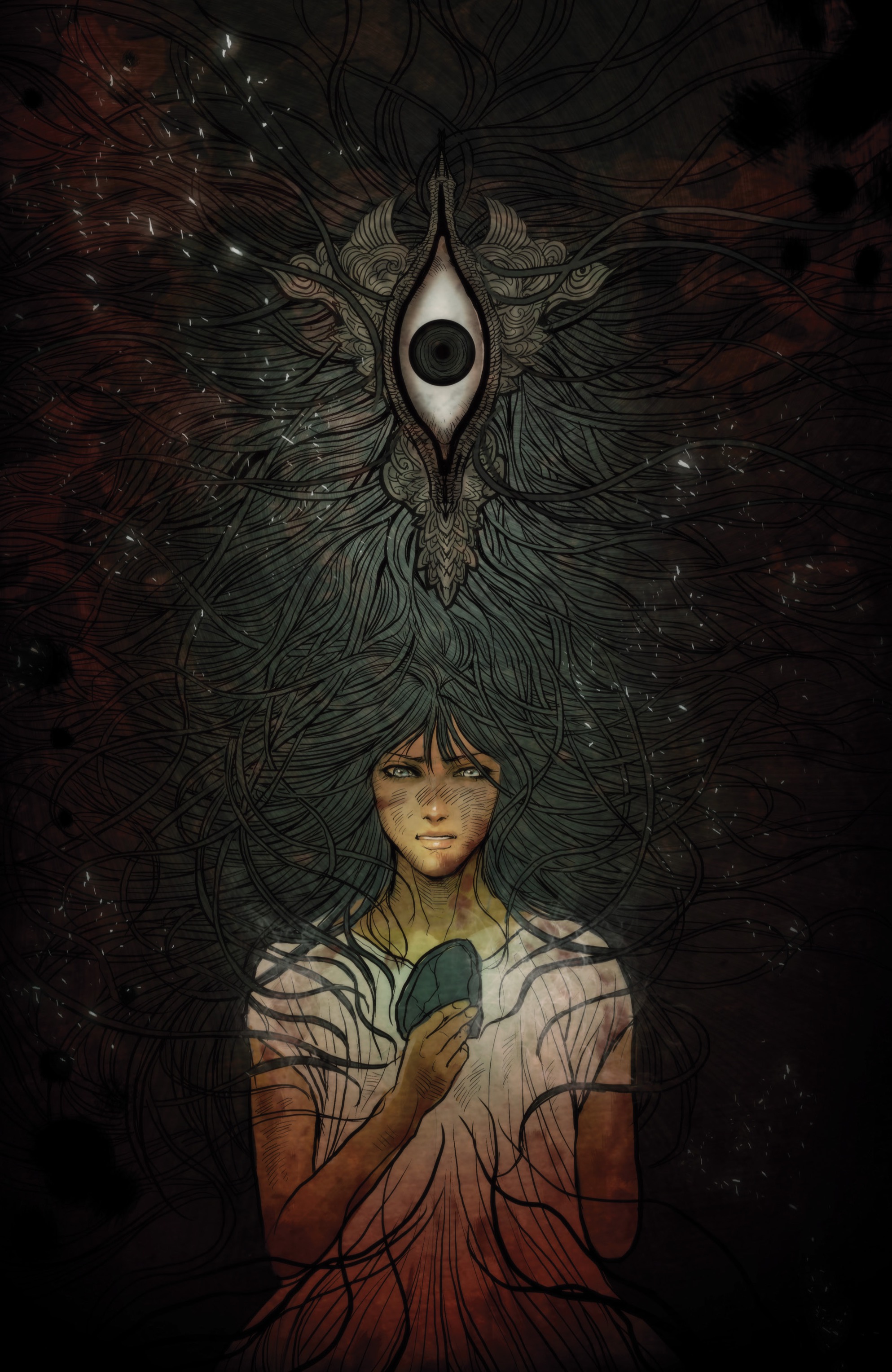
The realms of fantasy and sci-fi have been ,until recently, overwhelming masculine genres of fiction ,despite the impact of those like Le Guin and Atwood, as well as genres in which alternative worlds tended to be the creation of someone white. C.S Lewis and Tolkien writing works after their elite educations at Oxford in the early 20th century created worlds that show the results of this. In LOTR, women like Eowyn are described only through a male gaze in reference to their beauty and her defeat of the witch king is presented as unnatural but necessary before she becomes truly feminine by getting with Faramir and realizing being a shield maiden is wrong instead opting to be a healer. The Hobbit is even more empty of women characters. Both works likewise have fantasy races which Tolkien said were partly inspired by real groups. Things that are good tend to be inspired by Germanic ,Britannic, Anglo-Saxon and Norse peoples while the evil or even ambiguous peoples are inspired by orientalist and racist interpretations of different religious and ethnic groups. Lewis’s work echoes this through different enemy Narniac races ,and by portraying the older Pevensie sibling as not a friend of Narnia anymore at the end of the bizarre final book ,due to the horrible crimes of enjoying going to parties and dating among other youthful pursuits. Susan does not get what is conceived to be the happy ending her siblings get due to embodying a bad form of femininity. Alternative worlds written from prejudiced viewpoints simply echo the negative aspects of our own world with different aesthetics. Following pioneers like Guin and Atwood a mass expansion in the variety of things deemed fantasy and sci-fi has occurred, written from different perspectives.
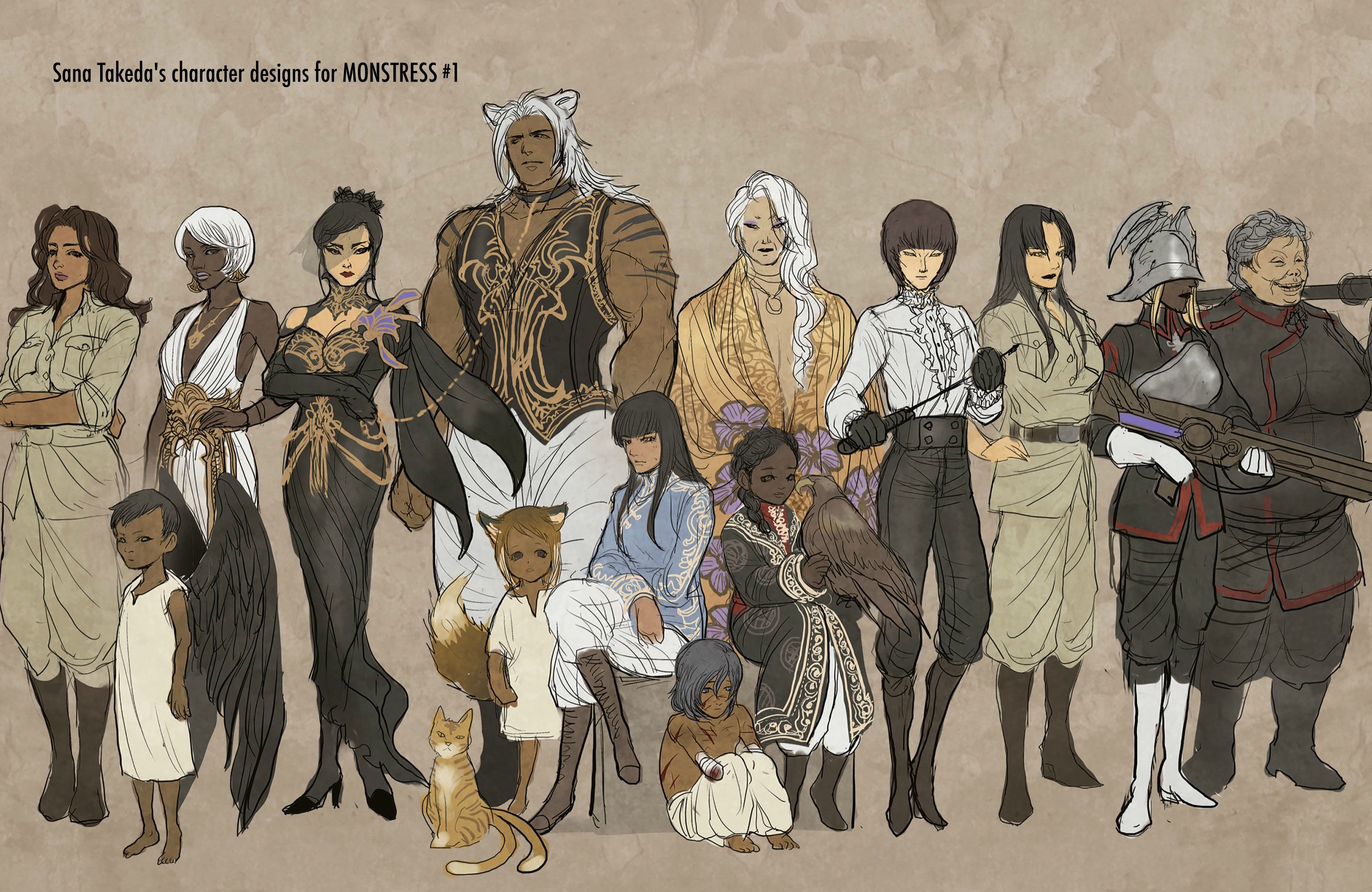
Comics and graphic novels have likewise undergone a transformation both in content and in creation over the last two decades with creator owned works becoming more successful due to publishers like Image Comics and it becoming clear that comics are not a genre persay but a culturally fluid medium like manga in Japan which can portray anything and anyone and in the process produce works which aren’t just the best comics of their type but true literary masterpieces.
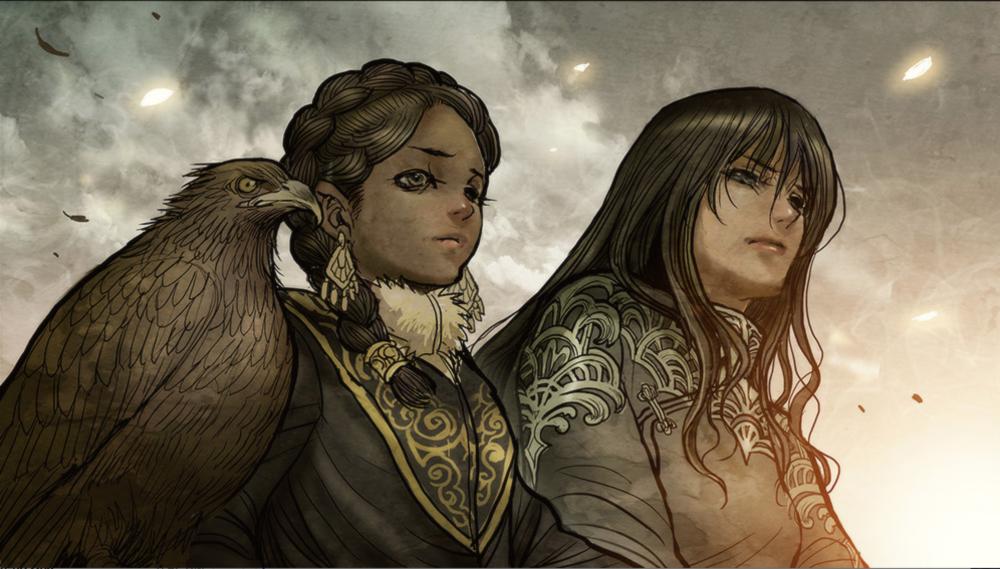
Monstress, written by Marjorie Liu and drawn by Sana Takeda ,is evidence of this and how far fantasy and sci-fi has come. The story resulted from Liu suddenly picturing a girl in head who stood before a mass battle, beaten and furious. Soon a variety of inspirations compressed this idea into an incredible fantasy world. She has said that she wanted to make this character the protagonist of a story about girls and monsters set in an alternative steampunkish version of Asia. Liu has written about the fact she wanted to explore the traumas her Chinese grandparents underwent as a airforce pilot and child refugee in WW2 and how one survives but is forever changed by such experiences. Likewise, she made this a fantasy Asia which truly grasps the vastness, variety and depth of the continent with the different societies and groups within Monstress being inspired by everywhere from China to Polynesia to Mongolia to Japan. Maika Halfwolf the main character who sprung from Liu’s daydream is a child soldier of seventeen who has been enslaved , orphaned and lost most of her left arm. She wants vengeance and is equally aggressive and kind. Due to mysterious events in her past she shares her body with an old god monstrum or monster denoted by the eye tattoo on her chest ,something which both lifts her out of the victimhood and subservience she has been made to endure but also is uncontrollable and hungers. Two Matriarchal cultures exist as the primary focus of the graphic novel: the Humans who betrayed an ancient goddess of the world thus being cursed to lack true magic and the Arcanic who were the result of ancients and humans producing children. Both peoples once had some semblance of peace but bigotry and hate has resulted in a seemingly endless war. The human Cumaea are a female organization in which gifted humans act as the frontline of the war, using both their skills as scientists, mathematics scholars and more , alongside the rarer abilities like reading minds or the future than some of them possess. Through their use of lilium which is extracted from dissected Arcanic remains they can enhance their abilities as humans beyond what is usually capable.
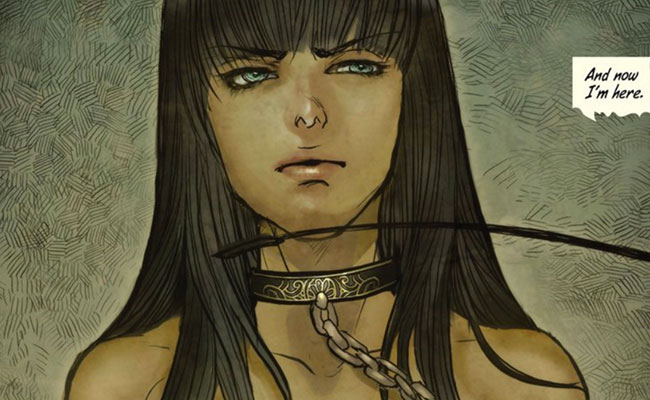
Inbetween-ness,as Caitlin Rosberg as suggested, and monstrousness are central motifs throughout the first volume. Through the Arcanic and the hostility and dehumanization they receive from the humans we see race explored in a way seldom done in western fantasy and sci-fi until recently. Who are you when you straddle multiple identities? Where do you belong? As someone a quarter Turkish with a half Turkish mother who endured racism as a child in 70s Scotland and a Turkish grandfather who was orphaned and homeless as a child I often contemplate the many intersections of my own identity as a mixed ethnicity ,disabled, queer and trans person. Where once race in fantasy and sci-fi was often just the use of stereotypes and white perspectives in Monstress Liu creates a vibrant universe in which topics of race, racism and mixed identities can be understood through a different narrative lens.
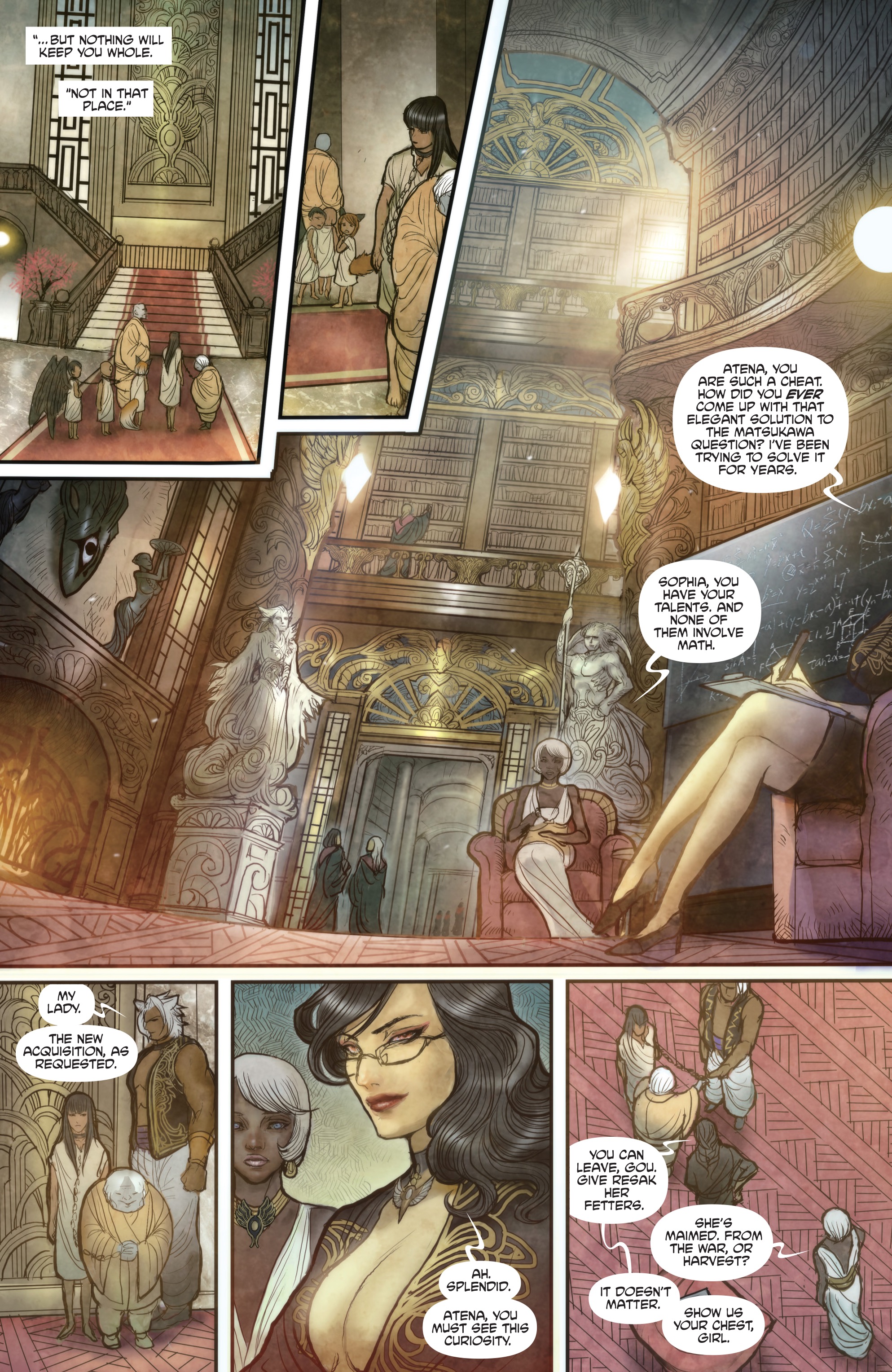
Monstress is also an extremely progressive and feminist work. In an interview Marjorie argued women have not been permitted to express the full range of emotions and flaws men can in fiction or real life. Liu has also noted how growing up she was left upset at the existence of the Smurf principle in which many types of genres will feature a lone woman character among countless men believing this is equal, her challenging of this led to her receiving messages about how surprising the amount of different women, with seldom a man ever seen , featured was. Liu suggests this trope in fiction has led people to assume a story needs men and wants works like her own to become normal in future. Her artist Sana Takeda helps her in creating the incredible world and characters with people it. Visually reminiscent of things as diverse as steam punk, Asian cultures, art noveau and 70s shojo mangas like roses of Versailles,Takeda’s art is breathtaking to behold and fits perfectly with the complex story Liu is creating. When two incredible pieces come together like this they create a perfect whole. A masterful feminist beginning to a comic which I believe will revolutionize the comic medium but also fantasy and sci-fi in the years to come.
